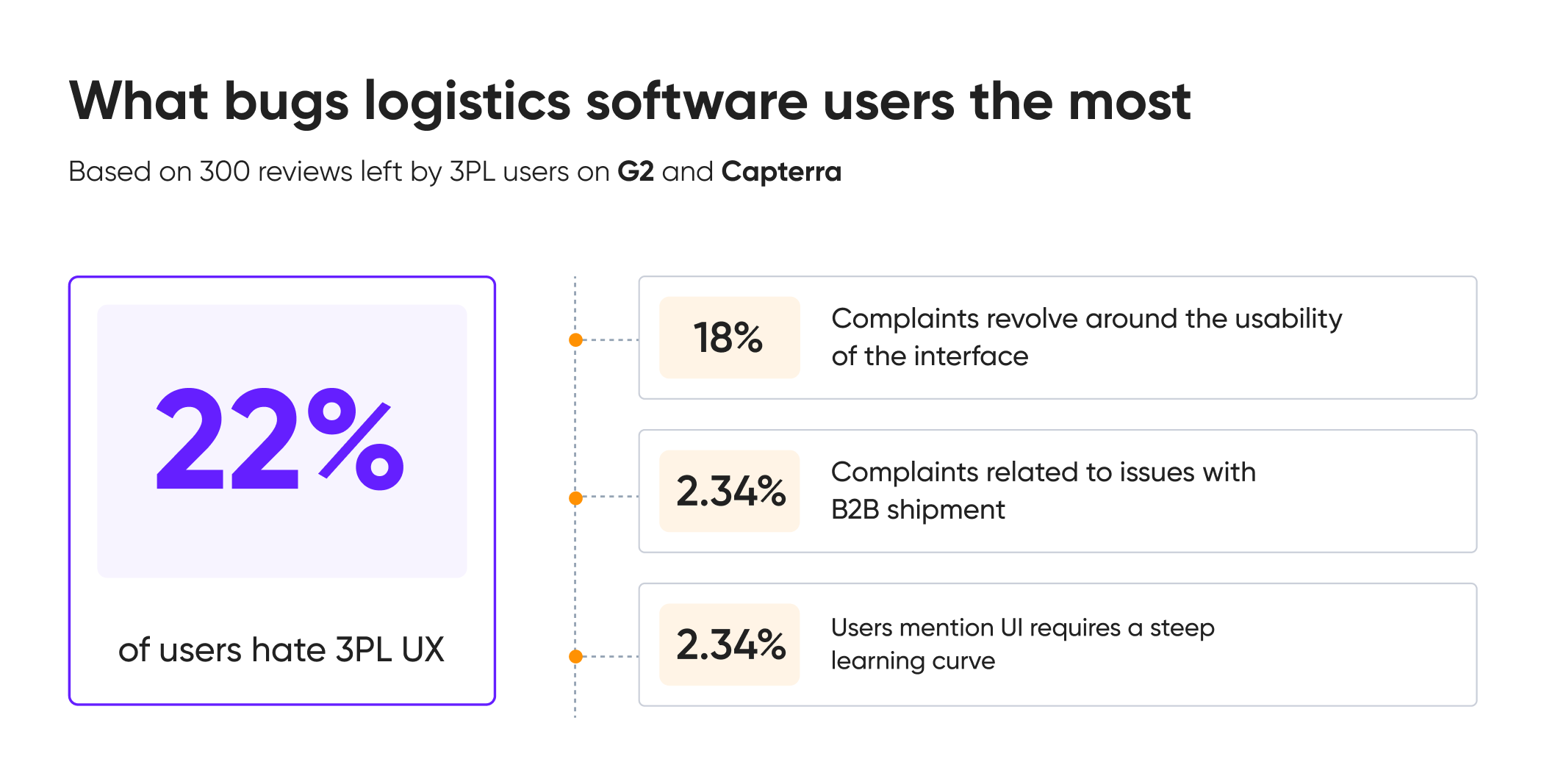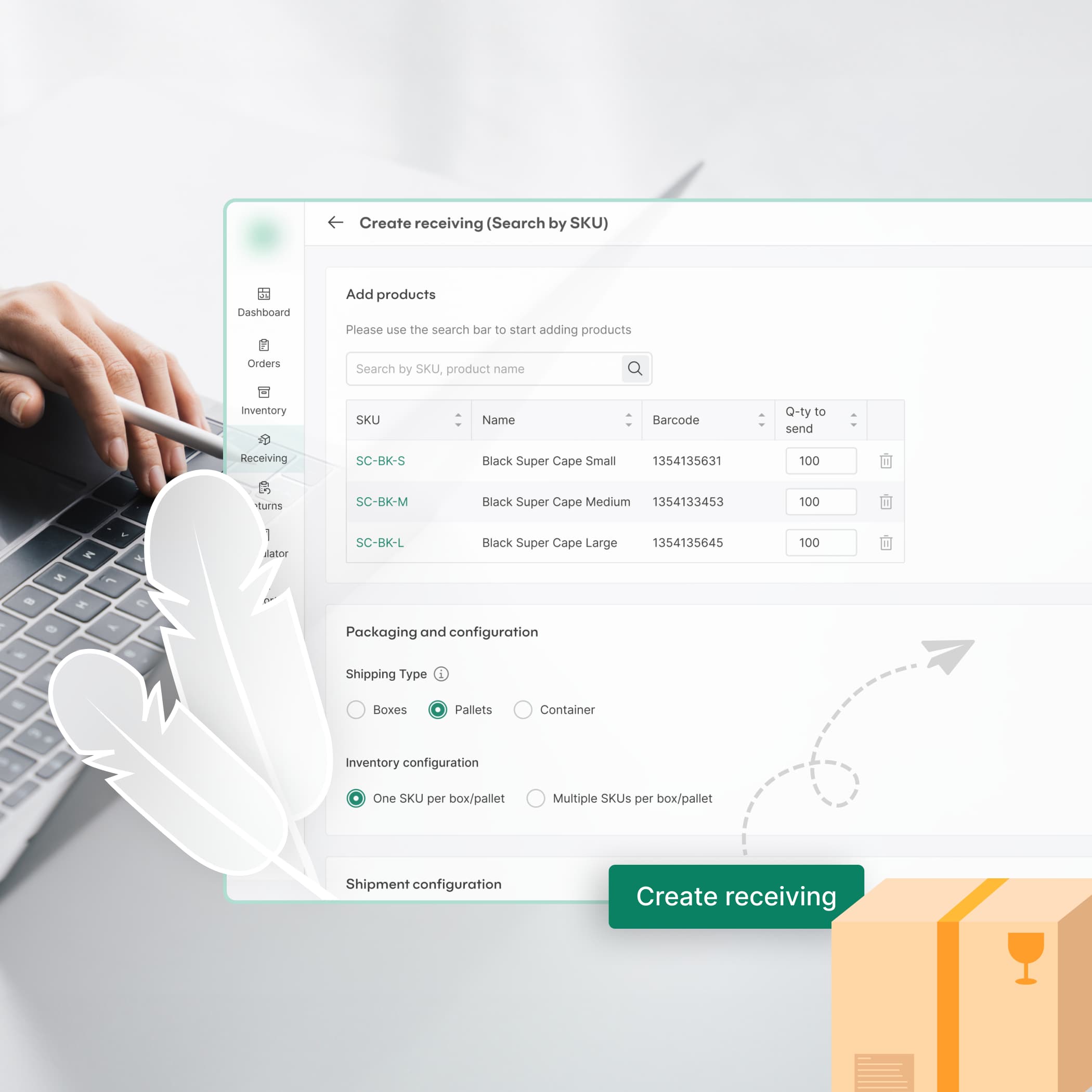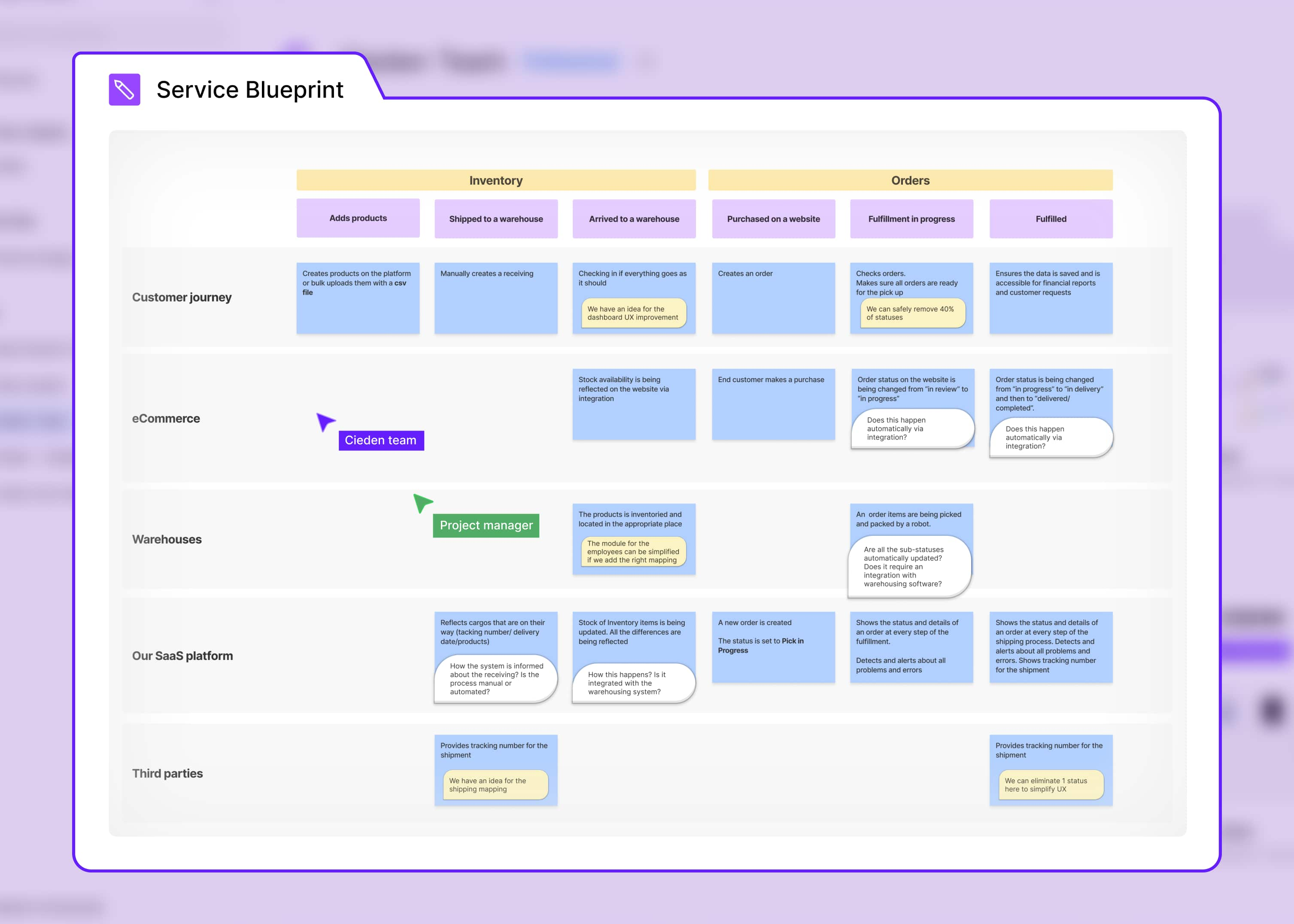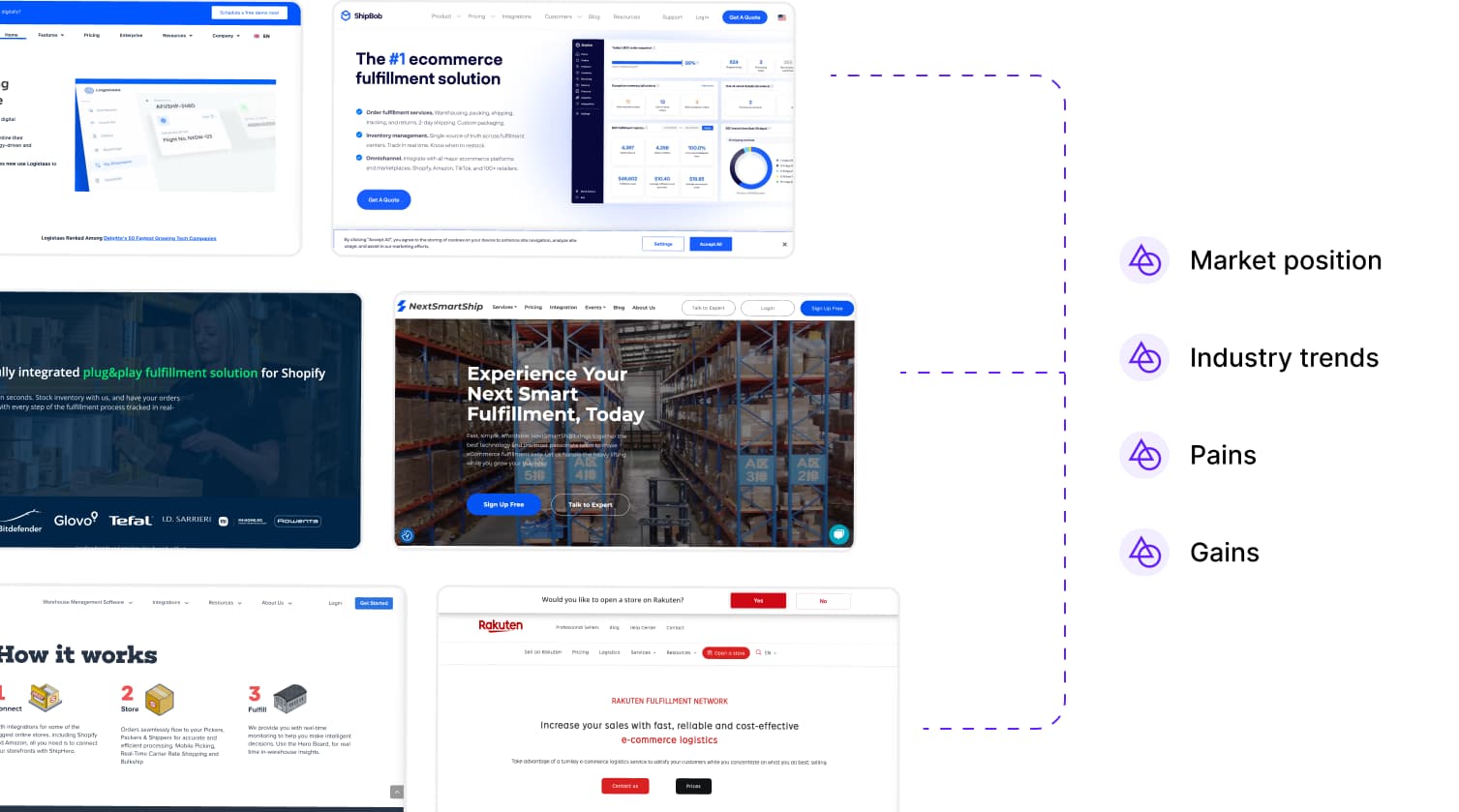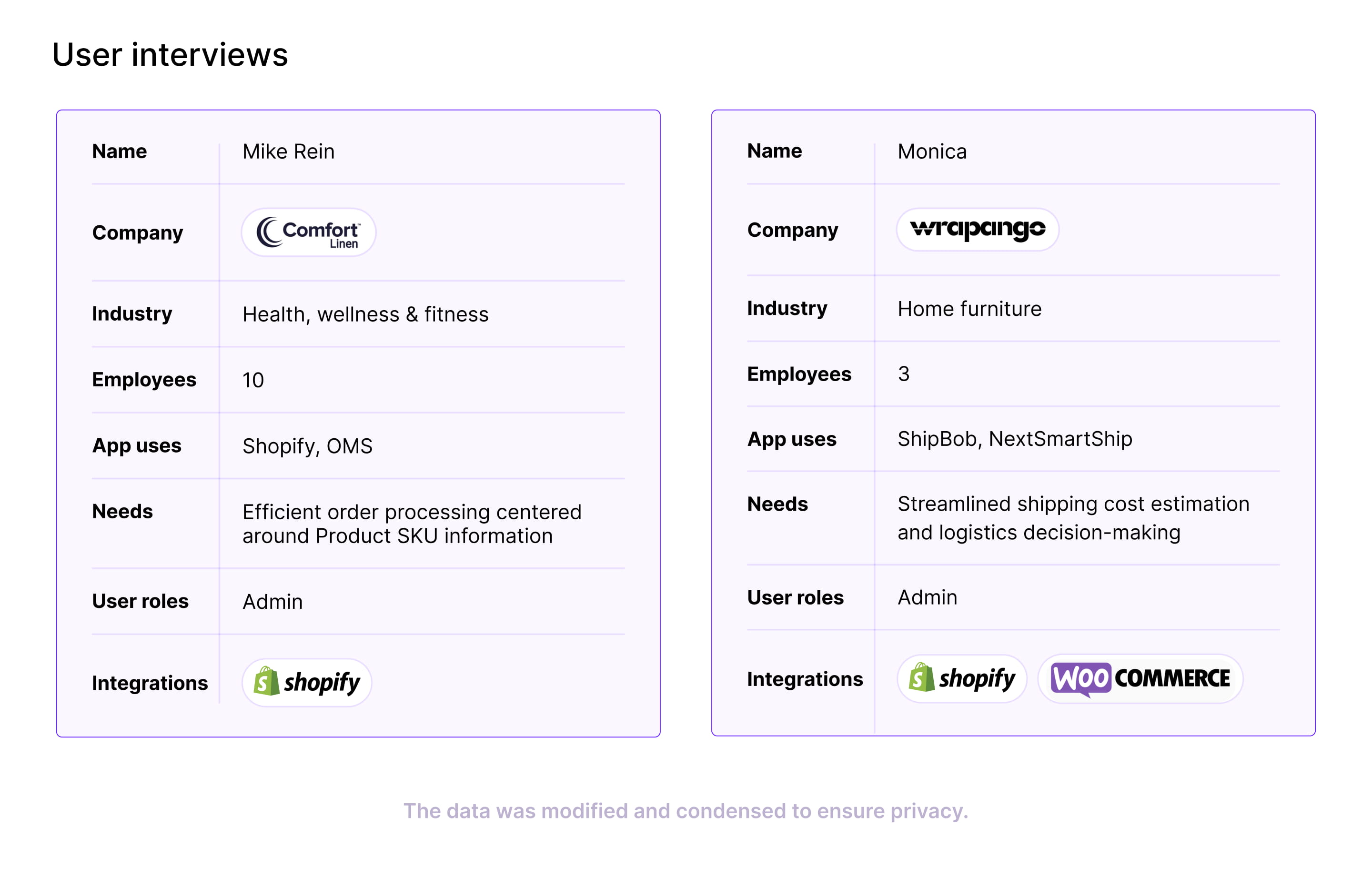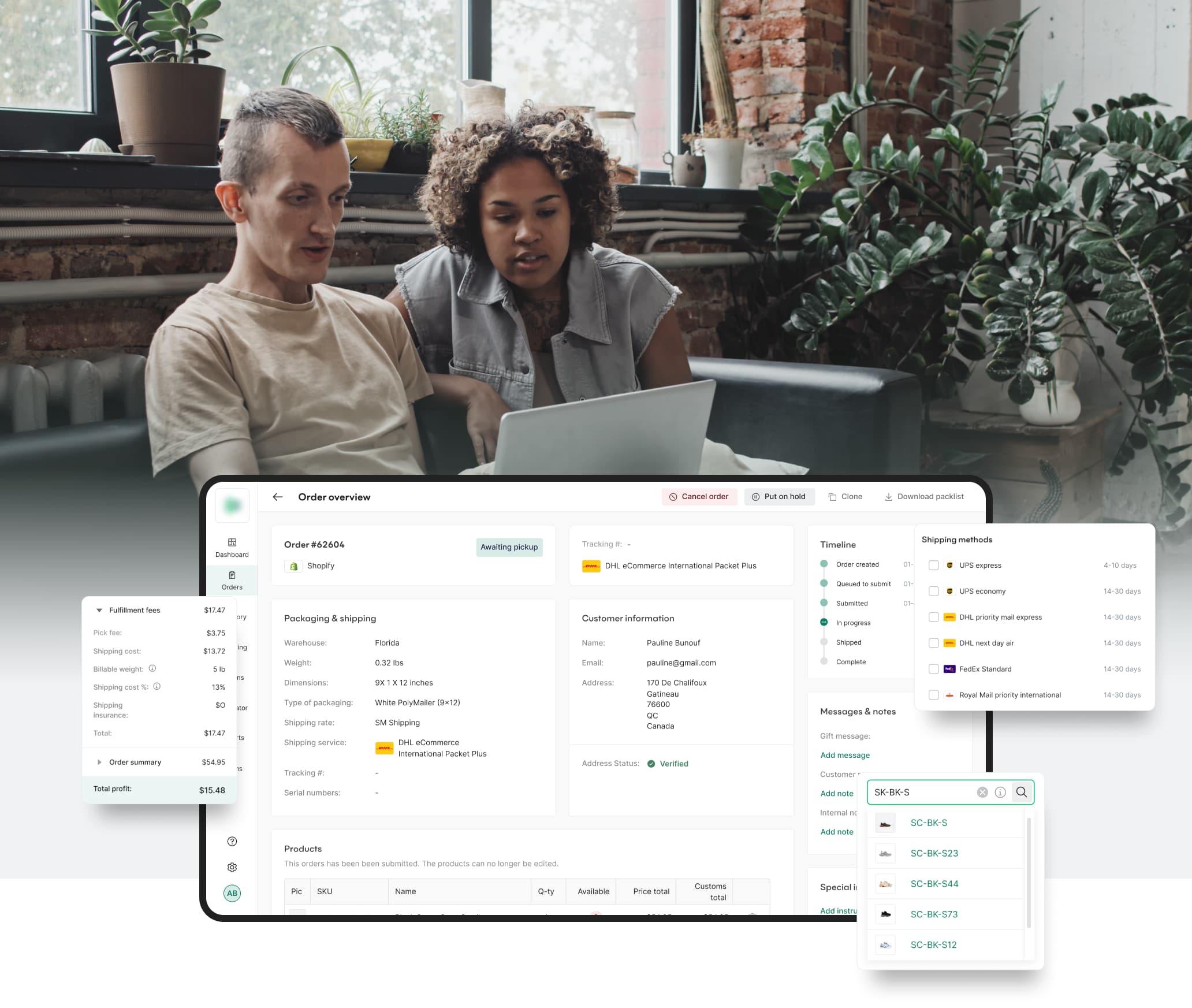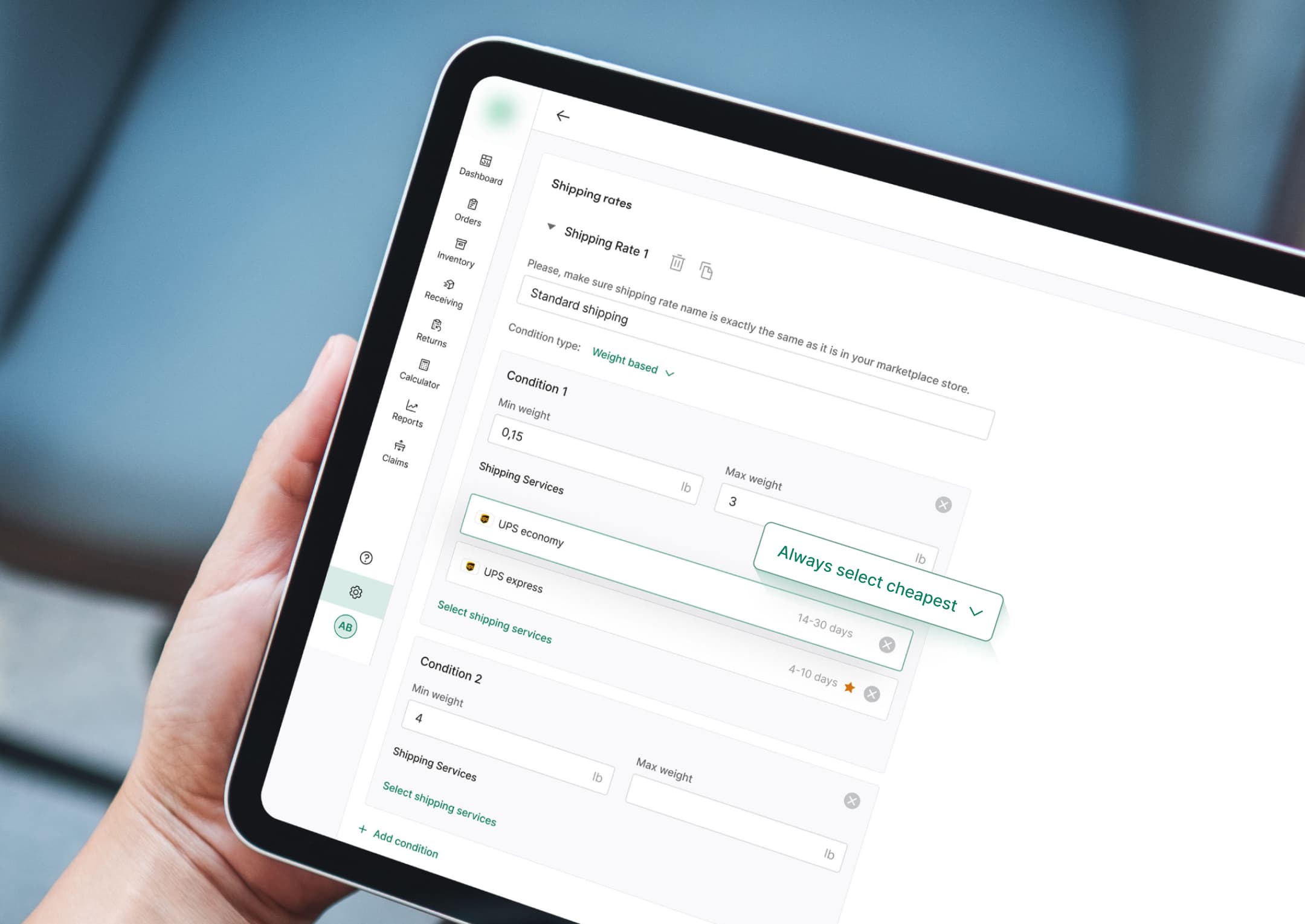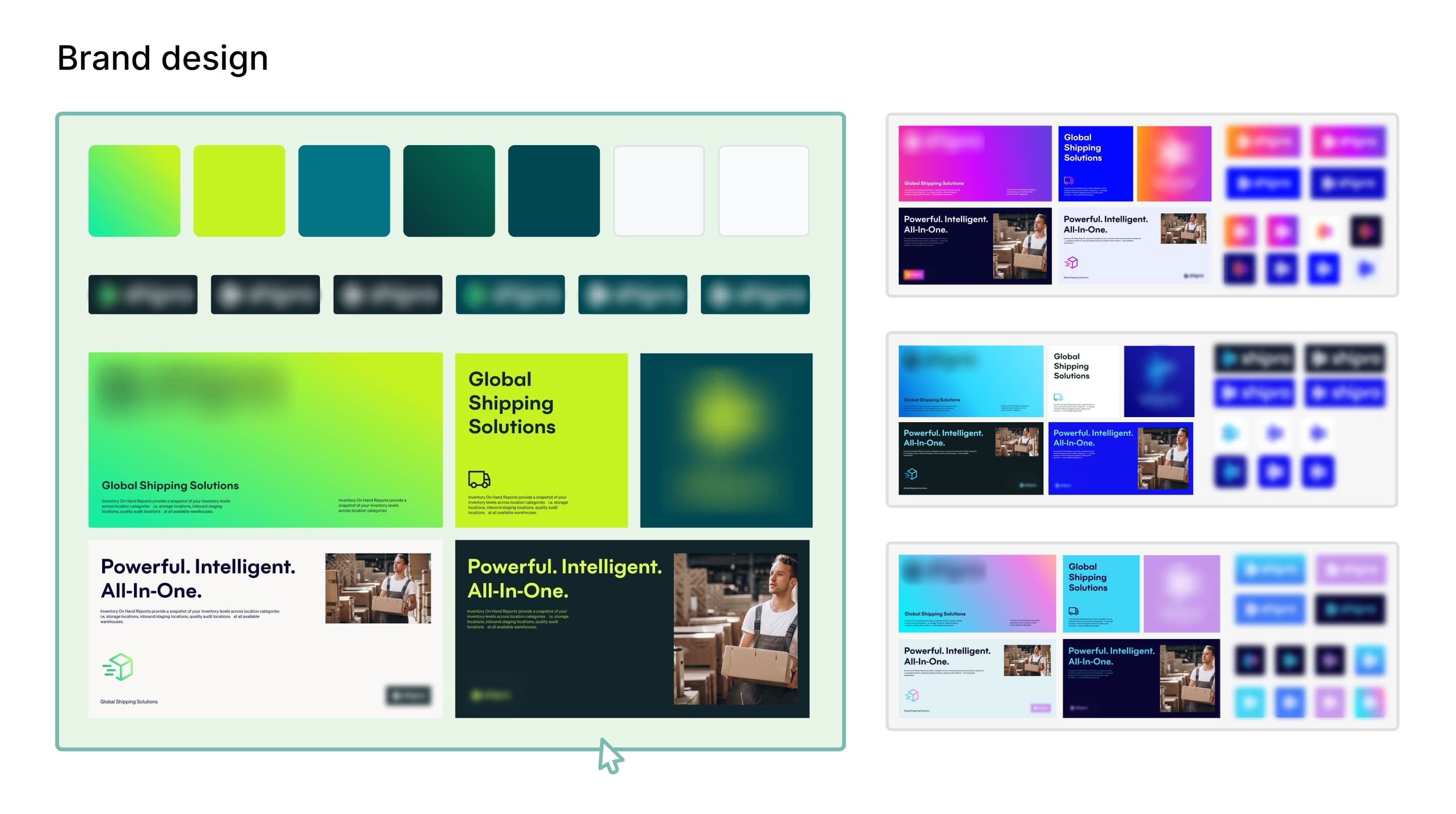22% of 3PL software users are pissed by poor design. In our June 2024 research, we analyzed 300 reviews of the four most popular order fulfillment platforms on G2 and Capterra.
We found that users are frustrated with the interface, desiring more customization options and flexibility in the UI to better fit their workflows. We also noticed an emerging trend of complaints specifically related to issues with B2B shipments.
